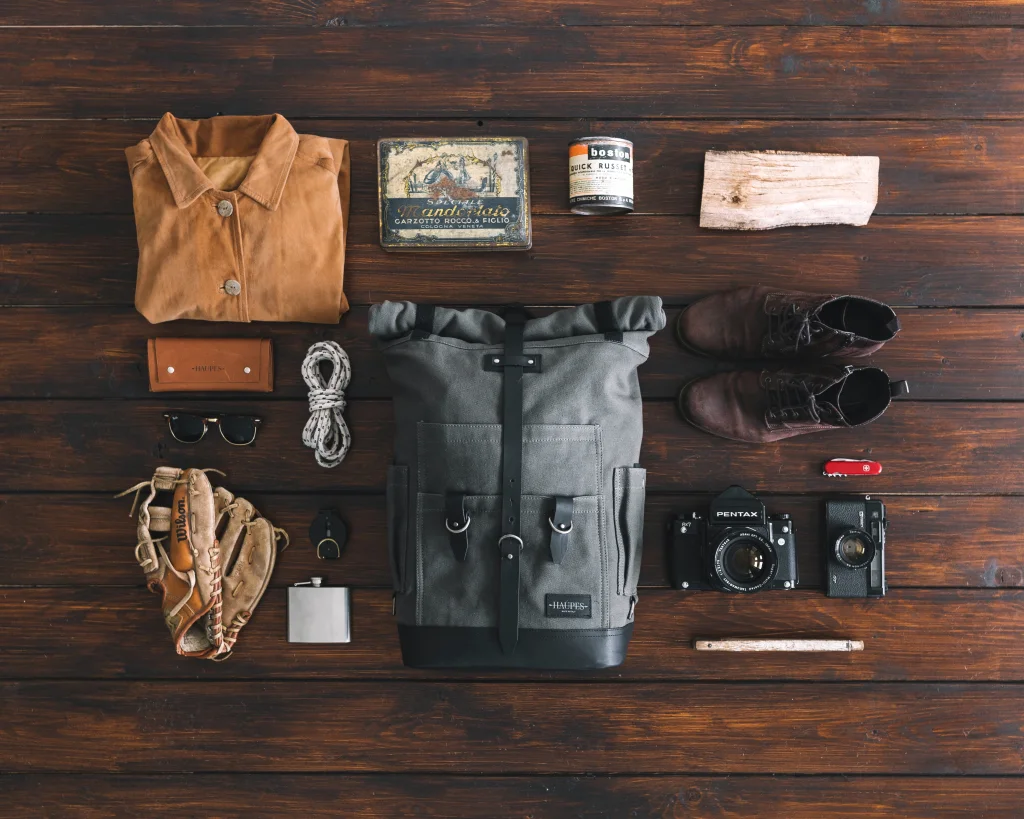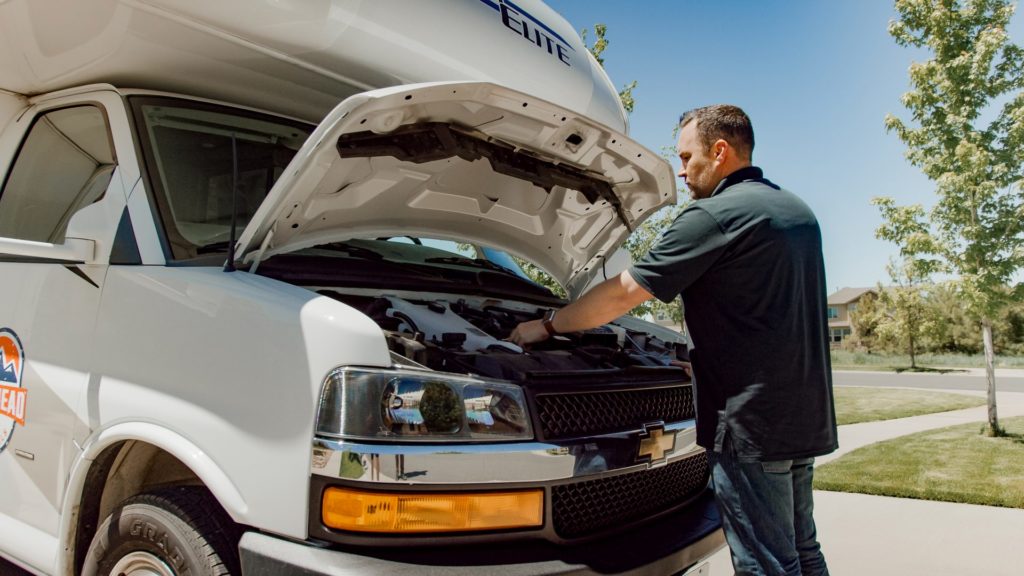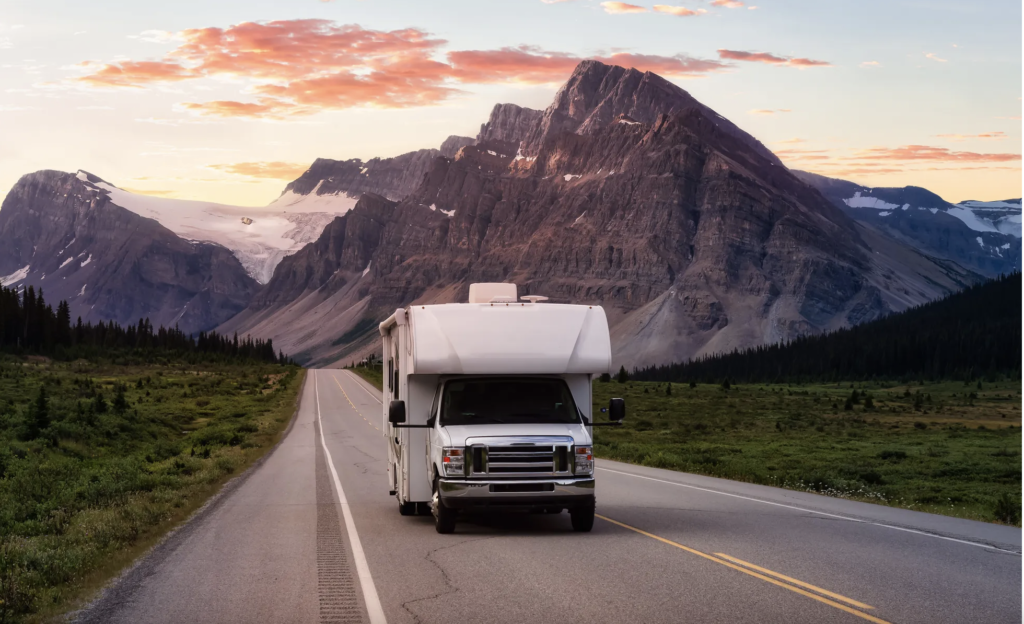Are you dreaming of hitting the open road, exploring new destinations, and experiencing the freedom of travel on your own terms? An RV road trip might be the perfect adventure for you. RV trips offer a unique blend of convenience, comfort, and adventure, allowing you to create unforgettable memories on vacation with your loved ones. In this complete guide to RV trip planning, we will cover everything you need to know to embark on an incredible journey, from choosing the right RV to mapping out your itinerary and ensuring a safe and enjoyable trip.
Choosing the Best RV for Your Road Trip
Before you set out on your RV vacation, it’s crucial to select the right type of RV that suits your needs and preferences. There are various types of RVs available, each with its unique features and advantages. Here’s a brief overview of some common types of RVs:
- Class A Motorhomes: These are the largest RVs and offer spacious interiors with all the amenities you could need. They are ideal for long-distance travel and extended vacations.
- Class B Campervans: Campervans are smaller and more compact, making them easy to maneuver and park. They are perfect for couples or small families looking for a cozy adventure.
- Class C Motorhomes: These mid-sized RVs provide a comfortable compromise between the space of Class A motorhomes and the maneuverability of Class B campervans.
- Travel Trailers and Fifth Wheels: These towable RVs can be attached to your vehicle and are available in various sizes. They are versatile and can be detached for exploring without the RV.
- Pop-Up Campers: Pop-up campers are lightweight and easy to tow. They offer basic amenities and are a budget-friendly option for those new to RVing.
Consider factors such as the size of your group, your budget, and the type of terrain you’ll be traversing when choosing your RV. Also, think about whether you want to buy an RV or rent one for your road trip.
Renting vs. Buying an RV: Which is Better?
The decision to rent or buy an RV depends on your preferences and how frequently you plan to use it. Here are some pros and cons of both options to help you decide:
Renting an RV:
Pros:
- No long-term commitment
- Variety of RV options to choose from
- Lower upfront costs
Cons:
- Rental fees can add up quickly
- Limited customization options
- Availability may be limited during peak seasons
Buying an RV:
Pros:
- Ownership provides long-term savings
- You can customize your RV to suit your needs
- No restrictions on usage
Cons:
- High initial cost
- Ongoing maintenance and storage expenses
- Depreciation of the RV’s value over time
Ultimately, the choice between renting and buying depends on your budget and how often you plan to embark on RV trips. If you’re new to RVing, renting can be a great way to test the waters before committing to a purchase.
What to Bring on Your RV Road Trip?

Now that you’ve chosen your RV, it’s time to pack for your adventure. Packing for an RV trip involves more than just clothes and toiletries. Here’s a checklist of essential items to bring:
- Kitchen Essentials: Cookware, utensils, dishes, and a portable grill for outdoor cooking.
- Bedding and Linens: Sheets, blankets, pillows, and towels for a comfortable night’s sleep.
- Personal Items: Toiletries, medications, and any special items you may need.
- Outdoor Gear: Folding chairs, camping equipment, and outdoor games for entertainment.
- Safety Equipment: First-aid kit, fire extinguisher, and emergency tools.
- RV Supplies: RV-friendly toilet paper, sewer hoses, and leveling blocks.
- Entertainment: Books, board games, and electronic devices for downtime.
- Food and Supplies: Non-perishable food items, snacks, and plenty of water.
- Navigation Tools: GPS device or smartphone with navigation apps.
- Documents: RV registration, insurance, and identification.
Make a checklist and double-check everything before hitting the road to ensure you have everything you need for a comfortable and enjoyable RV vacation.
Planning Your RV Road Trip
A well-planned itinerary can make all the difference in your RV road trip experience. Here are some steps to help you plan a memorable journey:
- Choose Your Destination: Research and select your destination based on your interests. Do you want to explore national parks, visit historical sites, or relax on the beach? Consider your preferences and the time of year for your trip.
- Create an Itinerary: Outline a rough itinerary with planned stops, including the number of days you’ll spend at each location. Be flexible and allow for spontaneous detours along the way.
- Campground Reservations: If you plan to stay at campgrounds or RV parks, make reservations in advance, especially during peak travel seasons.
- Budget Wisely: Calculate your travel expenses, including fuel, campground fees, food, and activities. Having a budget will help you manage your spending.
- Travel Routes: Plan your travel routes and check for any road closures, construction, or weather advisories. Consider the driving time between stops to avoid long, exhausting days on the road.
- Packing and Supplies: Refer to your packing checklist and ensure you have all the essentials for your journey.
- Maintenance Check: Before hitting the road, perform a thorough maintenance check on your RV. Check the tires, brakes, engine, and all systems to ensure they are in good working condition.
- Emergency Plan: Have a plan for emergencies, including contact information for roadside assistance and nearby medical facilities.
By carefully planning your RV road trip, you can maximize your enjoyment and minimize potential hassles along the way.
Finding a Place to Stay With Your RV
One of the advantages of RV travel is the flexibility it offers in choosing your accommodation. Here are some options for places to stay during your RV road trip:
- RV Campgrounds: RV campgrounds and parks offer a range of amenities, from basic facilities to full hook-ups with water, electricity, and sewage connections. Many campgrounds also provide recreational activities and access to beautiful natural settings.
- State and National Parks: Many state and national parks offer RV-friendly campsites amidst stunning natural landscapes. Be sure to check availability and reservation requirements, as these sites can fill up quickly.
- Boondocking: Boondocking, or dry camping, involves parking your RV in a remote location without hook-ups. It’s an excellent option for those seeking solitude and a more rustic experience. Be sure to research regulations and leave no trace.
- RV Resorts: RV resorts often cater to travelers looking for a higher level of luxury and amenities for vacation and long stays. These establishments may have pools, spas, restaurants, and entertainment options.
- Walmart Parking Lots: Some Walmart stores allow overnight RV parking, making it a convenient option for a quick stopover on your journey. Always check with the store manager and adhere to their policies.
RV Checklist Before Heading Out

Safety should always be a top priority when embarking on an RV road trip and vacation. Before you hit the road, run through this checklist to ensure a safe journey:
- Tires: Check tire pressure and tread depth, and inspect for any signs of damage or wear.
- Brakes: Test the brakes to ensure they are functioning correctly.
- Fluids: Check oil, coolant, transmission fluid, and brake fluid levels.
- Lights: Test all exterior and interior lights, including brake lights, turn signals, and headlights.
- Electrical Systems: Ensure that your electrical systems, including outlets, appliances, and the generator, are working properly.
- Propane: Inspect the propane system for leaks and make sure all appliances using propane are in good working order.
- Plumbing: Check for any leaks in the water system, including pipes, faucets, and the toilet.
- Safety Equipment: Confirm that smoke detectors, carbon monoxide detectors, and fire extinguishers are in good working condition.
- Awning and Slide Outs: If your RV has awnings or slide-out sections, make sure they are functioning correctly.
- Emergency Kit: Pack an emergency kit with essential supplies, such as flashlights, batteries, a basic toolset, and a first-aid kit.
By conducting a thorough pre-trip inspection, you can reduce the risk of breakdowns and ensure a safe and enjoyable RV adventure.
Looking for an RV Park to Stay in During Your Trip?
In the heart of the natural and cultural splendor of South Dakota, Black Hawk Creek RV Park stands as your gateway to a truly unforgettable adventure. Whether you’re seeking tranquility among the breathtaking landscapes or a thrilling exploration of the area’s diverse attractions, at Black Hawk Creek, we ensure that your journey is nothing short of extraordinary.
Book your stay today, and let the adventure begin!

